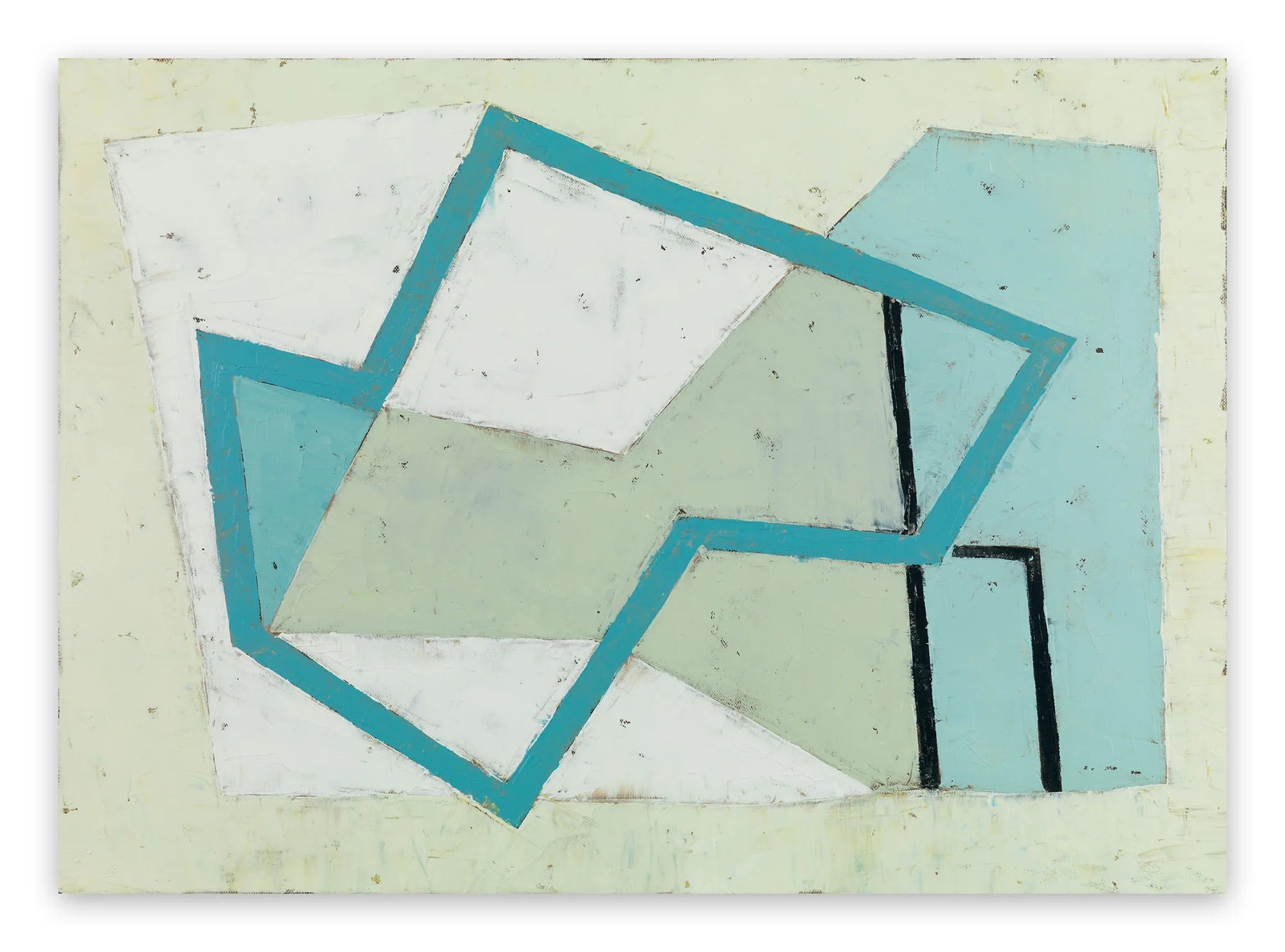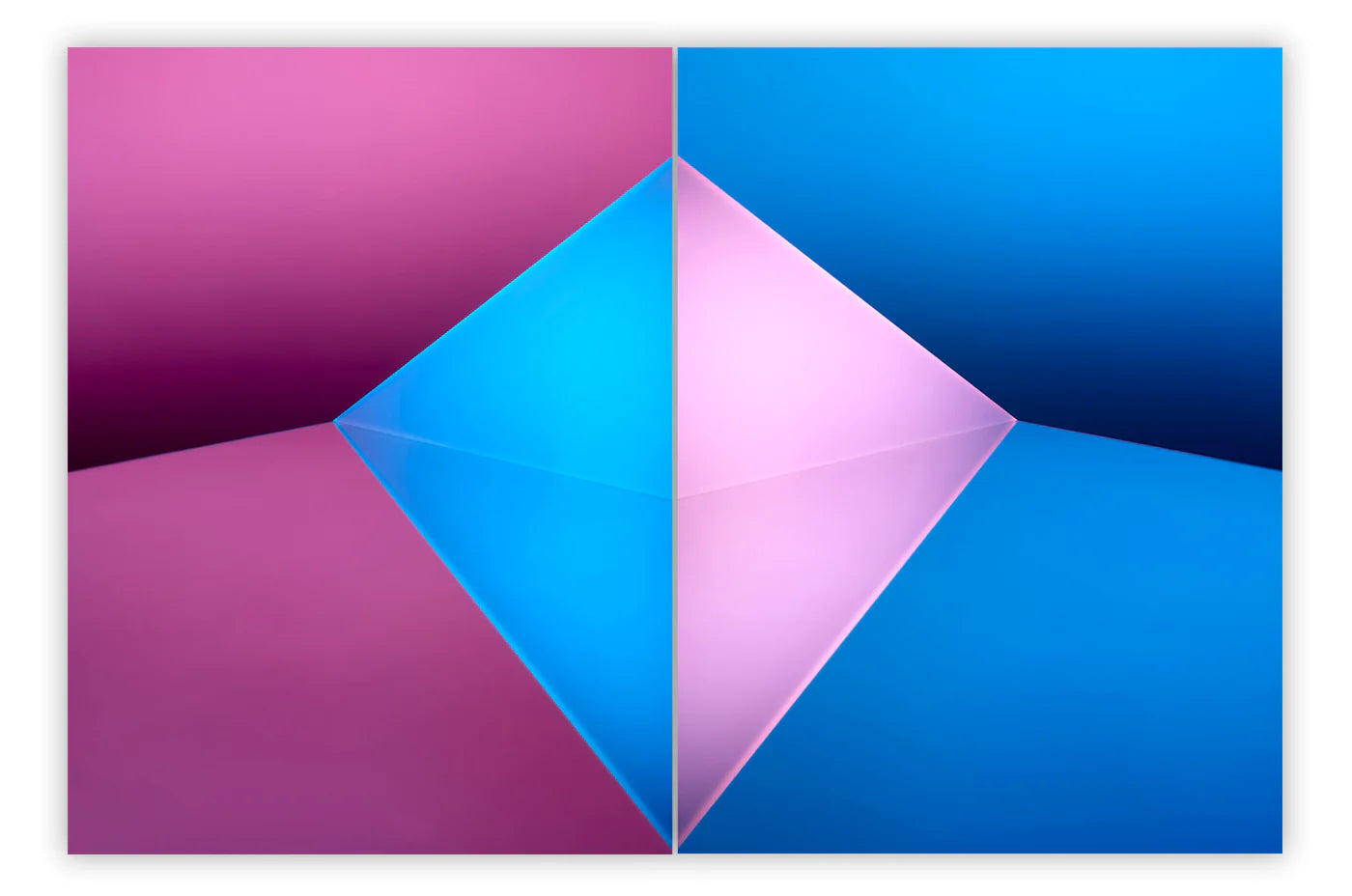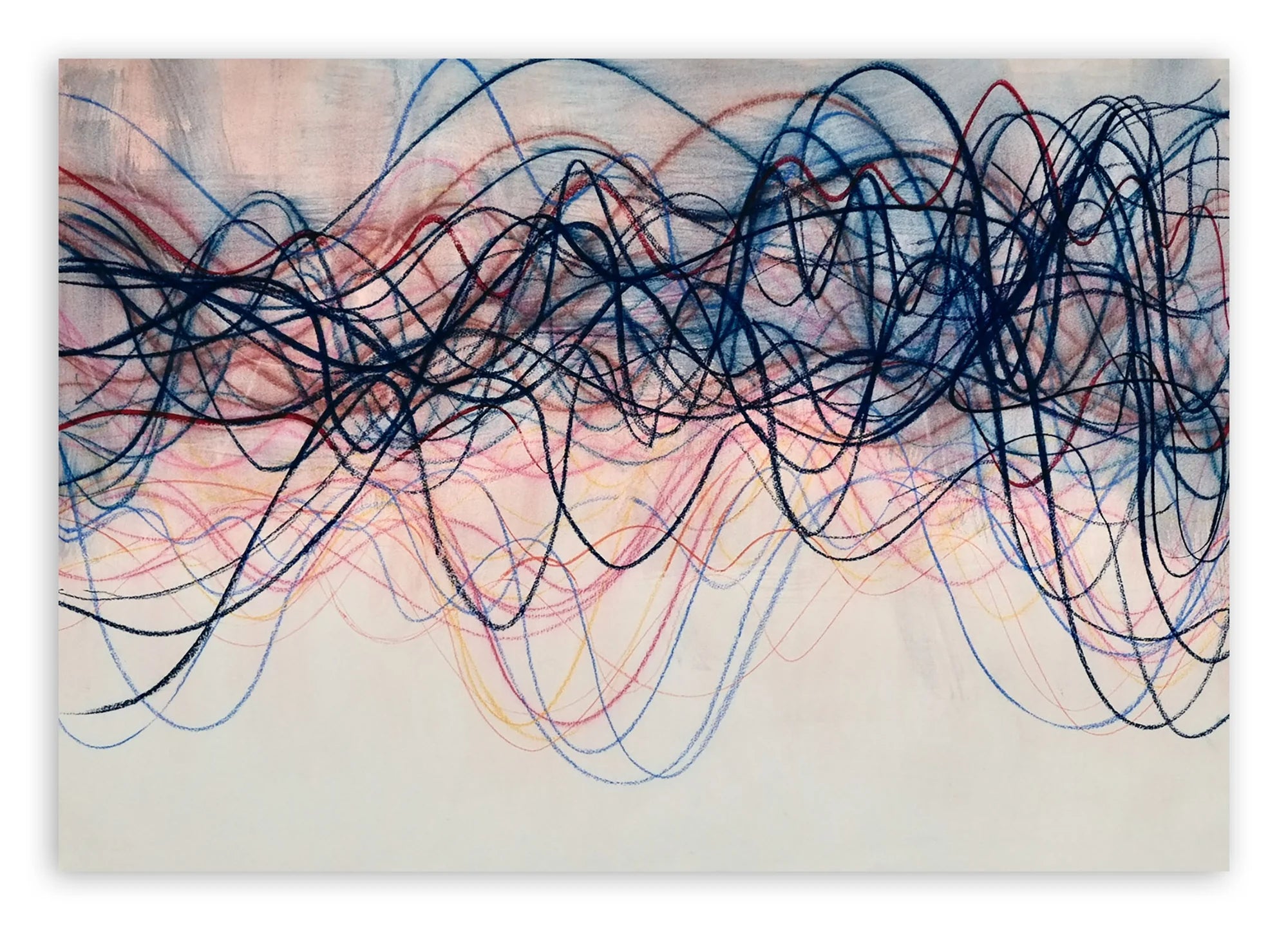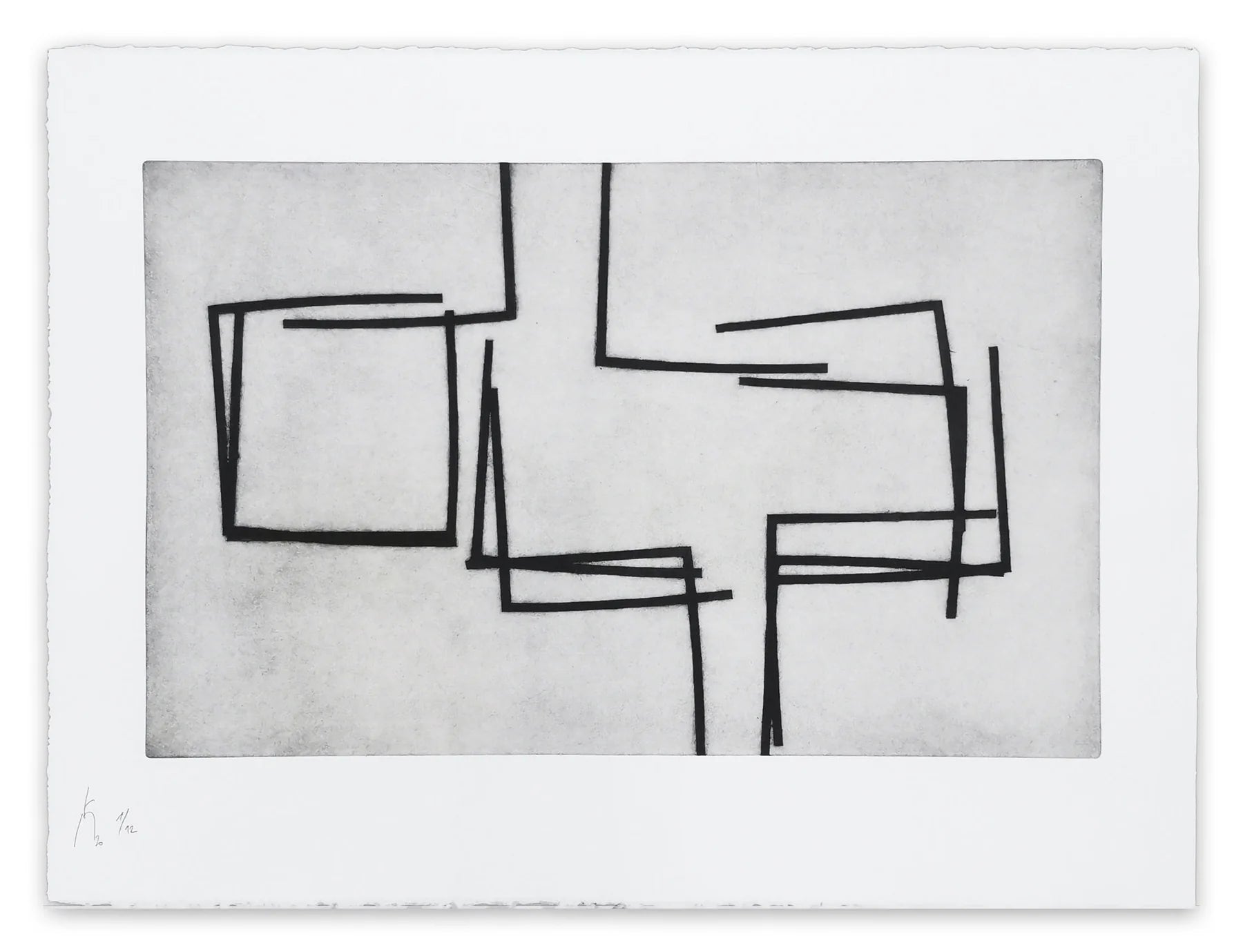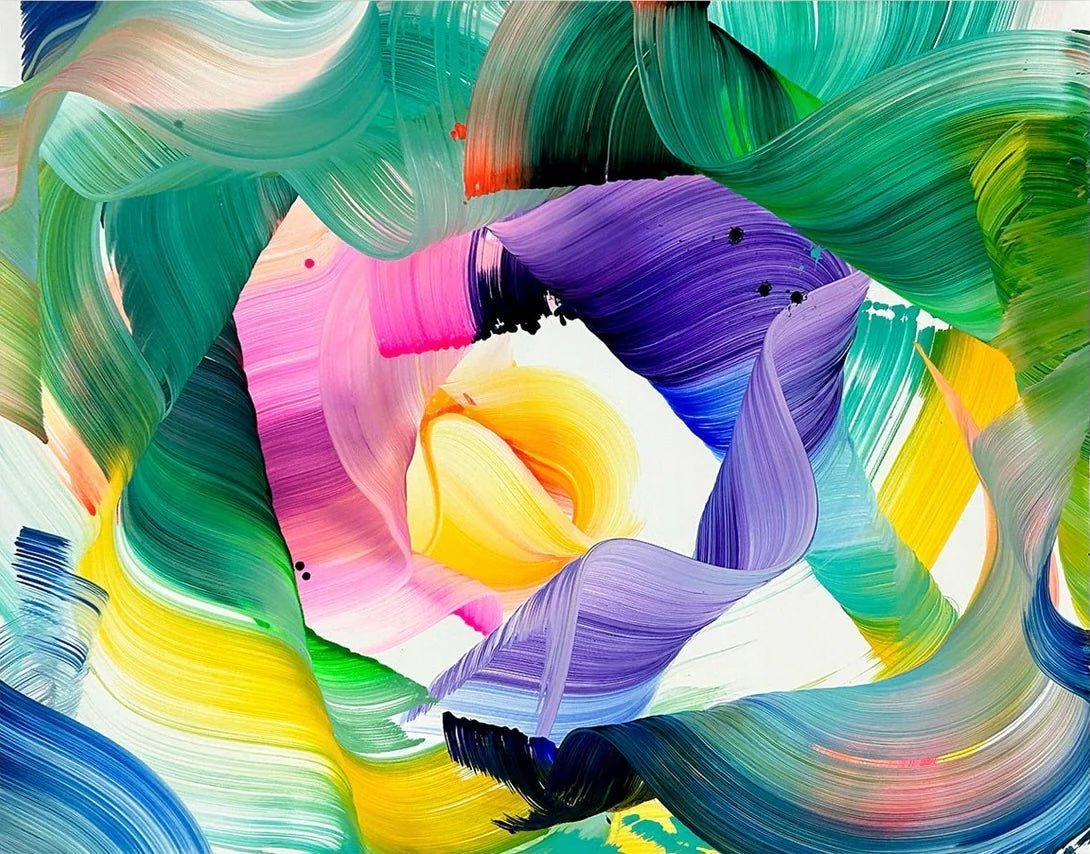
Shedding Light on the Drip Paintings by Janet Sobel
In 1945, at age 52, Janet Sobel had the mixed blessing of having her work curated by Peggy Guggenheim into an exhibition called The Women at The Art of This Century Gallery. The paintings Sobel included in the show were created using an “All-Over” drip technique, in which she quickly splattered, poured and dripped paint onto the canvas in an attempt to achieve a visual convergence of subconscious feelings and physical actions. The show was a triumph for Sobel, a self-taught painter. But the experience also led to an infamous kerfuffle. The influential art critic Clement Greenburg happened to visit the exhibition along with his friend, the painter Jackson Pollock. Despite having taken a seminar in 1936 at which the great Mexican muralist Alfaro Siqueiros encouraged students to splatter, drip and pour paint as away to convey energy in their work, Pollock had yet to incorporate such techniques into his paintings. When he saw Sobel doing it, he understood what he had been missing. Two years later, Pollock created his first “All-Over” drip paintings. In 1955, Greenburg wrote an essay in which he recalled the experience attending The Women exhibition with Pollock. “Pollock (and I myself) admired these paintings,” Greenburg wrote. “Pollock admitted that these pictures had made an impact on him.” As a self-taught female artist, Sobel fell into obscurity, while as a trained male artist whose best friend was the most influential art critic in America, Pollock became internationally renowned as the inventor of the “All-Over” drip painting technique. Many writers are now telling the story of how Sobel got overlooked. Some, in a misguided attempt to correct history, have even taken to falsely calling Sobel the rightful inventor of the drip technique – a claim to fame that demonstrably belongs not to her but to Alfaro Siqueiros. While grounded in a sincere desire to do the right thing, all of these efforts unfortunately deal the same sleight to Sobel. They shine the spotlight on inconsequential minutia like who deserves credit, and stop us from having the only conversation that matters: the one where we talk about her art.
If You Could See a Sobel
The best place to view the work of Janet Sobel is Crystal Bridges Museum of American Art in Bentonville, Arkansas. Unlike most other museums, Crystal Bridges does not make artificial distinctions between artists that put them in conflict with each other. For example, they do not distinguish between “trained” and “self taught” artists. What would normally be called “outsider art” in a traditional museum is exhibited at this museum side by side with contemporaneous works by world famous, blue chip names. This curatorial approach allows viewers to decide for themselves what the most meaningful works are to them. Crystal Bridges owns seven works by Sobel, a selection that allows viewers to get an idea of the evolution of her oeuvre. They have six abstract “drip and splatter” paintings, and one of her more figurative works.

Janet Sobel - The Burning Bush, 1944. Oil on canvas. Frame (Framed): 35 × 27 × 3 in. American Art Acquisition Fund (M.2008.77). LACMA Collection.
The figurative piece offers a connection to the folk art traditions that influenced Sobel. When she was a child, her father was executed in an anti-Semitic massacre in Ukraine. Sobel immigrated to the United States, where she did not start pursuing her work as an artist until she was 39. Her first paintings imitated the brut style of folk artists in her native country. At Crystal Bridges, we can assess her technique as it evolves from folk figuration to a mixture of folk images and abstraction, to pure abstract “All-Over” drip paintings. One of the most impactful pieces in their collection is the painting “Hiroshima” (1948). In this stunning work, Sobel displays the full breadth of her talents. A single darkened face overlooks a scene overrun by trauma. Meticulous grids constructed with traditional brushwork evoke visions of shattered buildings; splashed waves of green and blue recall the terrible power of nature, weaponized and unleashed; layer upon layer of dripped, gestural lines form webs of confusion building to a visual crescendo of immense complexity. In both its technical aspects and its visual power, “Hiroshima” is a masterwork.

Janet Sobel - Untitled, c. 1946. Oil and enamel on composition board. 18 x 14" (45.5 x 35.5 cm). Gift of William Rubin. MoMA Collection.
Sobel at MoMA
In theory, the second best place to view a Janet Sobel painting is the Museum of Modern Art in New York. I say in theory because despite owning two of the most famous Sobel paintings – “Milky Way” (1945) and “Untitled” (1946) – MoMA does not keep the paintings on view. If you are lucky enough to catch sight of them, you will be richly rewarded. “Untitled” is the smaller of the two, at 45.5 x 35.5 cm, but it demonstrates the grandiosity, elegance and drama with which Sobel painted. A haunting ground of yellow and black radiates from behind a glorious meshwork of splattered purple, red, and black. Organic forms appear and disappear within the jungle of gestural drips, like drops of oil in water, or bursts of star gas in space. But these are not figurative markings. The most pleasure comes by simply looking at the materiality of the paint itself. This is a picture of paint, a relic of what Elaine de Kooning called “a painting” as in the verb. It is a relic of passion.

Janet Sobel - Milky Way, 1945. Enamel on canvas. 44 7/8 x 29 7/8" (114 x 75.9 cm). Gift of the artist's family. MoMA Collection.
Because of the title Sobel gave it, “Milky Way” does invite viewers to see in it something figurative. Much larger at 114 x 75.9 cm, this painting can envelop a close looker, pulling the eyes deep into the illusionary world Sobel created within its pictorial space. Impossibly complex and layered, the image recalls the moment the universe began. It is not so much an image of the birth of our galaxy, but a re-enactment of the energy of creation. Innumerable pink, yellow, green, blue and red hues coax nuances from one other through their relationships. Although most of the paint in this picture was dripped, poured and flung onto the canvas, the multitude of techniques evident in the lines and shapes convey a natural talent for controlling the forces of gravity and physicality. Like all of her abstract works, this painting is complex, subtle, and organic, reminding us that though she was once overlooked, she belongs amongst the most exciting painters of her generation.
Featured image: Janet Sobel - Hiroshima, 1948. Oil and enamel on canvas. 151.1 x 100.3 cm. Crystal Bridges Museum of American Art, Bentonville, Arkansas, 2011.10. Photography by Edward C. Robison III.
All images used for illustrative purposes only
By Phillip Barcio
